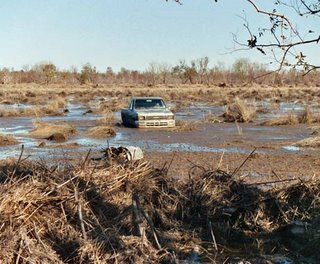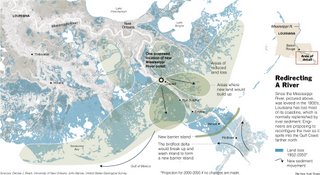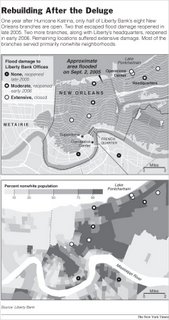36% of river levees fail safety levels
About 36 percent of state-controlled river levees do not meet the safety standards of the Construction and Transport Ministry, with lots of coarse-grained sand making it easy for water to soak into the ground, it was learned Sunday.
Following a request by The Yomiuri Shimbun to disclose such information, the ministry said 117 river levees with a total length of 2,113 kilometers out of the surveyed 133 levees over 5,922 kilometers did not meet the standards as of end of March.
While river levees have been repeatedly reinforced and repaired, their actual condition came to light for the first time since records were first kept.
According to Nihon Shoki, or Chronicle of Japan, the earliest river conservation work was done in the year 323 on the Yodogawa river in Osaka, but the strength of levees has not been quantitatively checked since then.
from the Daily Yomiuri Online








